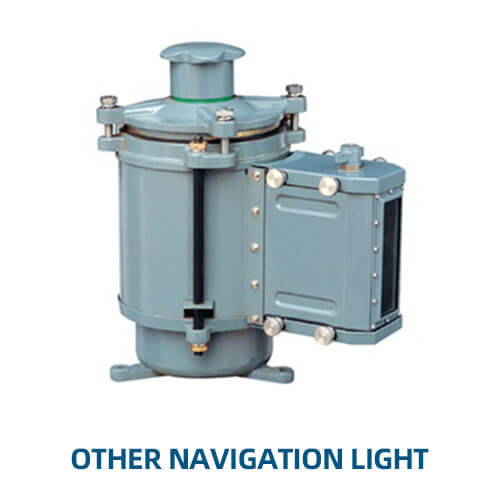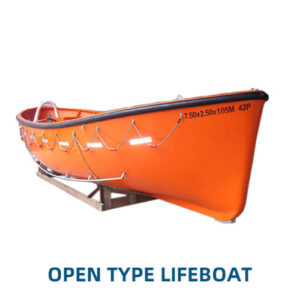Key Features of Marine Navigation Lights:
- Design and Construction:
- Durable Housing: Constructed with marine-grade materials like stainless steel, aluminum, or UV-resistant polycarbonate to withstand harsh marine environments, including saltwater, wind, and extreme temperatures.
- Weatherproof and Waterproof: Designed to be waterproof and resistant to corrosion, ensuring reliable operation in all weather conditions.
- Types of Lights:
- Masthead Light: A white light placed over the fore and aft centerline of the vessel, used on power-driven vessels to indicate direction.
- Sidelights: Red and green lights on the port and starboard sides of the vessel, indicating the vessel’s port (left) and starboard (right) sides to other vessels.
- Stern Light: A white light placed at the rear of the vessel, indicating the direction of the vessel’s movement.
- Anchor Light: A white light displayed by a vessel at anchor to signal its stationary status.
- All-Round Light: A white light visible from all directions, often used in conjunction with other navigation lights to indicate vessel status.
- Lighting Performance:
- High Visibility: Designed to be highly visible from a distance, ensuring that other vessels can easily see and interpret the lights, even in challenging conditions.
- Consistent Illumination: Provides steady, non-flickering light, which is crucial for accurate communication of the vessel’s status.
- Energy Efficiency:
- LED Technology: Many modern marine navigation lights use LED technology, which offers lower power consumption, longer lifespan, and brighter illumination compared to traditional incandescent bulbs.
- Battery Efficiency: Designed to be energy-efficient, minimizing power consumption and extending battery life on vessels with limited power resources.
- Compliance and Safety:
- Regulatory Compliance: Must comply with international maritime regulations, such as the International Regulations for Preventing Collisions at Sea (COLREGs), ensuring that the lights meet safety standards for visibility and placement.
- Safety Features: Built to minimize the risk of electrical failures, with features like circuit protection and robust wiring.
- Installation and Maintenance:
- Easy Installation: Designed for straightforward installation, often with adjustable mounting brackets or bases to fit various vessel configurations.
- Low Maintenance: Requires minimal maintenance, with modern LED versions offering long-lasting performance and reduced need for bulb replacements.
- Customization and Adaptability:
- Variety of Configurations: Available in different sizes, colors, and mounting options to suit various vessel types and sizes, from small boats to large ships.
- Flexible Operation: Some models offer features like dimming or automatic activation based on ambient light conditions.
Marine Navigation Lights are critical for safe and compliant vessel operation, providing clear and reliable signals to other vessels and maritime authorities. Their durable construction, energy efficiency, and adherence to international safety standards make them indispensable for all types of marine vessels. Whether operating in crowded waterways or open seas, these lights ensure that a vessel’s position and intentions are communicated effectively, reducing the risk of collisions and enhancing overall maritime safety.







